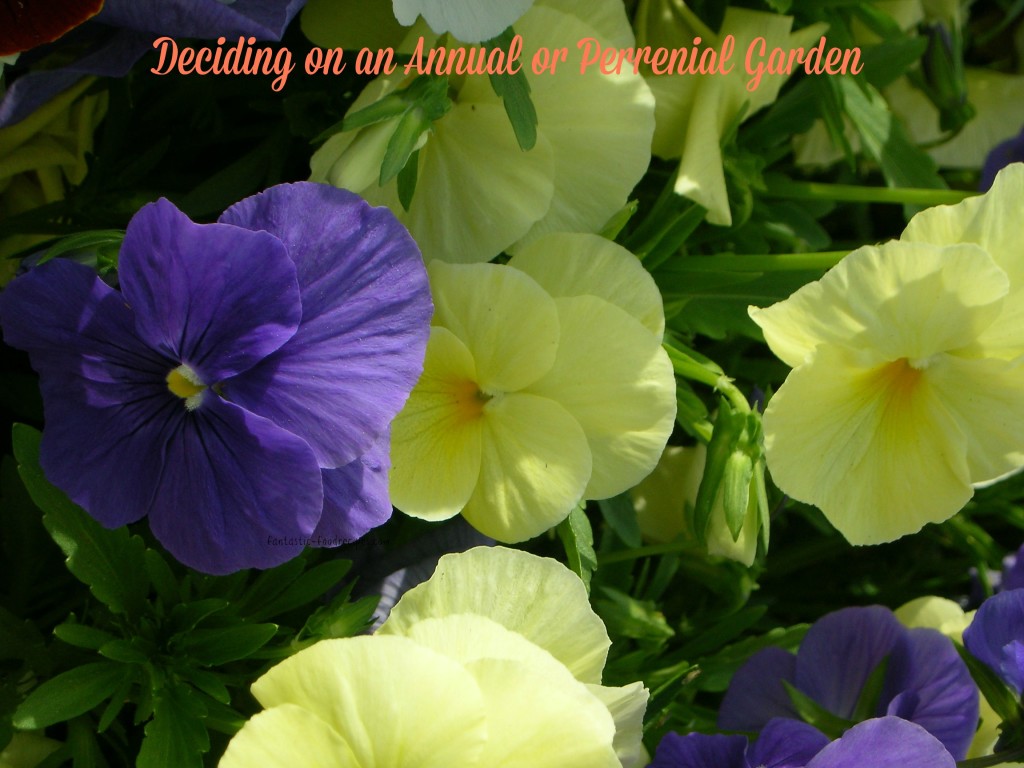Deciding on an Annual or Perennial Garden
Planting a garden is all about planning, knowing what plant does what and having an idea of what your ideal garden looks like. One of the most important first steps is deciding on an annual or perennial garden, each with its own benefits. Deciding which type of garden you want to plant before you start buying helps you make the most of the space you have, and ensures that you use each plant in the best way, where it will fill in the garden space its been given.
Learn a little more about the differences between annual and perennial gardens so that you can decide on what type to grow for yourself.
The Cost Difference
Annuals tend to cost less up front per plant than perennials do, but there are also advantages to purchasing perennial plants. While most perennials are significantly more expensive when you first purchase them, they return to your garden each and every year without any additional work from you. In addition, there are many perennial plants that grow so large they need and benefit from dividing, which means you just got a free plant. Annuals last a summer and then die, needing to be repurchased the next year.
Ease of Design
The garden design that you prefer is where the big difference comes into play in regards to the type of garden you choose. Annuals are easy to design with, and redesign the garden every year. They can be planted en masse to create designs and patterns, or just used to fill a space with colorful blooms. Perennials are harder to move around once you have plante them, but this does mean that you only have to design a bed once and then do minimal maintenance each year because the plants grow back right where you planted them.
Color and Bloom
There is no doubt that annual plants provide more color and bigger blooms throughout the growing season, with many of them blooming and producing flowers repeatedly in a single summer. Perennials flower too, and many of them produce large flowers that are bright and vibrant too. The difference is that perennials also produce a lot of foliage, which does help fill in a lot of garden space, but might not be as colorful as some gardeners want. The trick is to combine beautiful blooms with interesting foliage to add the element of texture to the garden.
Both types of gardens have their benefits, so really think about what look you are going for and how much time you have available to you to care for the garden.
If you like this post, see more DIY, recipes and tips on Pinterest.
Come follow me on Facebook and Twitter.




Leave a Reply